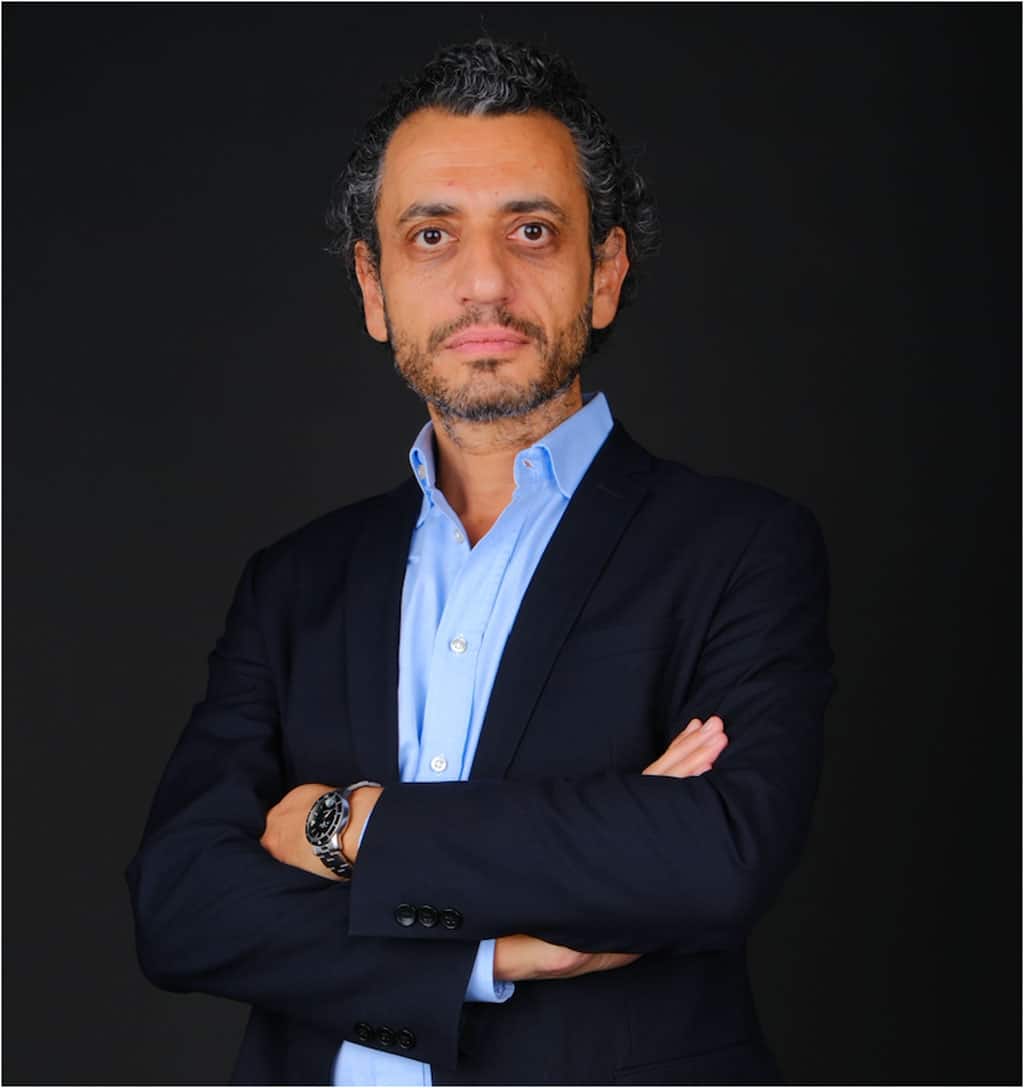The future of banking

Let’s look at the other side of the banking world. What’s a crypto bank? Is there such a thing? How do they work, compared to traditional banking institutions? Amina Bank, formerly known as Seba and with offices across the globe, wants to be the bank of choice for crypto innovators and trailblazers, and start-ups or scale-ups operating in the so-called Web 3 space.
To know more about this world, we speak to Myles Harrison, Amina’s Chief Product Officer. “The crypto community wants access to traditional banking services, like for example a simple checking account, to process payments, or needs help to hold their assets. For the moment we serve especially the portion of the Web 3 space that has accumulated wealth via crypto-currencies and blockchain related programs, so high-net-worth individuals, who need support with their crypto-assets. This is in line with the mandate and regulations of authorities like Finma (Switzerland.) In this respect, we function as a traditional bank for a new group of asset holders, which may not find a home elsewhere. On the B2B, or corporate, side, we are best placed to cater to those Web3 start-up-s that may not find a way to do their banking via the traditional network. This is a recent add to our portfolio (2024,”) says Harrison.
Retail services may not be in cards of Amina, or not now. Serving the right start-up-s, who have a vision and a plan to change the world, may be a short-cut to help the world evolve towards higher inclusion and liquidity. “Start-up-s are a force of financial change, and we want to be their bank, exactly like in the old days, banks were at the service of entrepreneurs and merchants, who wanted to create value for themselves and their communities. This is a part of our product roadmap and essential to our vision. There is more. We also have a B2B2C product offering, designed for non-crypto and traditional banks, like Julius Baer for example, who use our infrastructure and products to provide crypto services to their client base. Julius Baer’s services span from custody to trading, to staking. This is a quick way to boost penetration of new tools across traditional audiences,” highlights Harrison.
Retail banking will most likely become a commodity, in a world run by AI and blockchain. Financial competition will move towards high-value-added services, like wealth management and custody, besides familiarity with alternative types of securities. “We try to become the go-to solution provider for new tribes and products. For example, products like crypto currencies’ collateralized lending are something that we do offer, in a safe and secure way, for everyone. Today we handle over twenty coins, with strict scrutiny on the demand and supply side, in line with regulations. We want to be innovators and fully comply at the same time. Stable-coins are another area of growth, where we want to be on the leaders’ camp, from PYUSD (PayPal’s stable-coin) to USDC (Circle,) for example,” stresses Harrison.
Transparency and trust are key ingredients of any bank. Amina embraces those, for example with features like proof of reserves or proof of key for wallets, fully respecting privacy, but with the goal of reassuring clients around its backing solidity and zero tolerance of short-cuts and tricks. Amina is a case of a new financial actor, who becomes the partner of new communities and the sidekick of traditional financial actors in their evolution towards enhanced digitization and innovation. It’s not a war against the old world. It doesn’t need to be a zero-sum game.
The future of banking tastes like the past, namely trust, privacy and safety. The future of traditional banks also needs to have a futuristic after-taste, made of zero unnecessary fees and costs, especially on payments and money transfers, and high value-added consulting on wealth management and investment opportunities, from credit to mortgages, to collaterals hedged against new digital assets, to deep expertise on the new families of digital currencies coming up, regionally and globally. This will need a workforce that is tech-savvy, without the greedy deviations that the crypto brothers or the Wall Street wolves showed as their number one priority.
Written by Francesco Pagano.
Have you read?
Countries in the world with the most female billionaires.
Countries ranked by the percentage of the workforce that is made up of women.
Countries with the most (and least) personal space.
Bring the best of the CEOWORLD magazine's global journalism to audiences in the United States and around the world. - Add CEOWORLD magazine to your Google News feed.
Follow CEOWORLD magazine headlines on: Google News, LinkedIn, Twitter, and Facebook.
Copyright 2025 The CEOWORLD magazine. All rights reserved. This material (and any extract from it) must not be copied, redistributed or placed on any website, without CEOWORLD magazine' prior written consent. For media queries, please contact: info@ceoworld.biz








